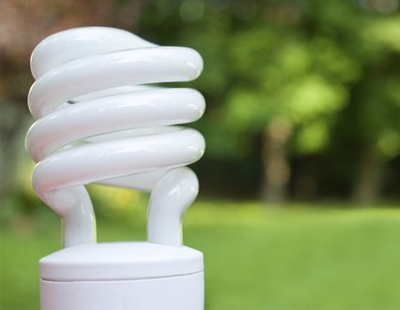Land is our greatest resource: one that has considerable potential to address society’s challenges. So, determining how land is used is a significant responsibility.
Recent events including the cost-of-living crisis, Brexit and the war in Ukraine have created considerable demand for land use to address complex problems.
Take the rise in both energy and food prices for example: land has the potential to resolve both, through the siting of renewable energy projects (wind, solar PV and batteries) or through a return to more localised food production. It also has the potential to mitigate climate change through increasing biodiversity, carbon capture and water management. Historically, land successfully delivered all of this, but the size of the world’s population, combined with global warming, has created an impasse.
Food production
I’m not sure about the argument that all food should be locally produced. The rise in the cost of food, isn’t necessarily due to the distance that the food must travel from ‘field to fork’ but rather the energy that is required to produce and transport it. Produce clean energy more cost effectively and the cost of food can reduce proportionately.
There’s a basic lack of understanding about land use, which inhibits a sensible debate – even at Governmental level. For example, a situation has arisen whereby land use for solar is seen as contributing to the rise in food prices - by diverting land away from food production. This simply isn’t the case. Most food production takes place on the best quality land and solar will tend to be developed on less productive land – it’s a temporary use, which can actually help improve soil quality.
There is also a misunderstanding about the cost of basic food ingredients. Importantly, food costs will come down as a result of increased use of renewable energy, because the cost of production is reduced.
Energy production and biodiversity net gain
The land use conundrum is complicated further by the imminent requirement for developers to create a minimum 10% biodiversity net gain (BNG) on most new development schemes from November 2023. Land use choices aren’t as simple as choosing just one use: solar and BNG can be combined very effectively in a single scheme; but also farming and BNG are not mutually exclusive – or at least they shouldn’t be. Traditionally, farmers have allowed periods of fallow in crop rotation, to increase the nutrient value of the soil. Similarly, BNG could be used to allow land to rest and recover.
Another sticking point is the ability of the National Grid to support the increasing number of energy providers, small businesses and individuals. A battery project which gained planning consent in 2019 has been poised to generate clean energy to the Grid but has suffered a four year delay.
Furthermore, the cost of financing such schemes continues to rise. In situations in which companies can guarantee a grid interconnection, the financial risk is immediately reduced and capital investment becomes more accessible.
Risk is expensive, so high failure rates, whether at the grid or planning level will mean project pricing is higher. Risk needs to be moved further upstream to bring down the cost of energy – by which I mean direct investment in the National Grid.
Food prices will not come down without a reduction in energy prices. Our eating habits are too entrenched for a return to seasonal, home-grown habits. We are used to accessing all foods, throughout the year, including pears from Argentina, sugar snap peas from Guatemala, prawns from Indonesia and grapes from Chile.
The rural economy and associated labour markets have changed too, and as a result too few people are available to harvest crops. Whether it’s because an aspirational society which has resulted in those who would previously have worked the land to seeking further education and a vocation in the city, rural house prices forcing farm labourers out of the market, or the result of Brexit on the fruit-picking demographic, we simply don’t have the means to harvest the amount of food already grown in the country without additional support.
Energy farming is crucial to the development and diversification of the rural economy. It’s not a disruptor or an antithesis to food production: we have been growing energy crops, from timber for the fire to feed for draught horses for hundreds of years.
The future of land strategy
Neither is the future of farming a choice between energy or food production. To power the UK using solar alone would require just 2.1% of the UK’s land mass. Only 8.7% of England is developed, leaving 91.1% of non-developed land potentially available.
A future land strategy needs to assess where the Grid needs the greatest input and focus energy production accordingly. This requires a partial, but not a wholescale, upgrade. Despite short term costs, this will lead to an overall decrease in energy bills, resulting in fewer energy subsidies to be paid by Government, along with a reduction in food prices.
A net zero future in which non-fossil fuel based transportation replaces gas guzzlers and our air is free from nitrogen dioxide emissions is achievable, it just requires a focus on the bigger picture. In the meantime, landowners have more opportunities than ever and there remains considerable pressure to select the best combination of uses for farm accounts and the planet’s future.













.png)


.png)



Join the conversation
Be the first to comment (please use the comment box below)
Please login to comment